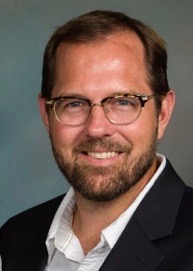
The French secular model of laïcité—which aims to mark a formal separation of church and state—is a core republican value of the French state and some segments of French society. However, it is often poorly or only partially understood, both domestically and abroad.
As one of the 35 original participating States of today’s OSCE, France committed in the Helsinki Final Act of 1975 to “recognize and respect the freedom of the individual to profess and practice, alone or in community with others, religion or belief acting in accordance with the dictates of his own conscience.”
Since then, France has reaffirmed and extended its commitments towards freedom of religion or belief. However, in recent years, the implementation of laïcité has sometimes violated these commitments, even though its original ideological framework does not.
A Historical Perspective
France emerged as the officially secular country it is today after centuries of violent conflict. Between 1562 and 1598, millions of people died during the “French Wars of Religion:” civil wars and interstate conflicts featuring France, England, Scotland, the Kingdom of Navarre, the Catholic League of France, Spain, and the Duchy of Savoy. Tens of thousands more perished during the French Revolution.
Modern French society was developed partially to overcome this legacy of religious and civil warfare. Laïcité borrows from the philosophy of the Lumières, a movement influenced by early anti-clerical thinkers like Michel de Montaigne and Michel De l’Hospital. Its aim is to engender in current French citizens and residents, religious and non-religious, the shared values of liberty, equality, and fraternity. Laïcité is what brings together the newcomer and the Nation through an informal contract of mutual respect and tolerance that upholds individual liberties over organized communitarian establishments. Anti-establishment uprisings, like the 1871 Paris Commune, also helped secularize state-church relations and reduce the substantial temporal power and influence of the Catholic Church.
In 1905, the French Government adopted a law that would “ensure freedom of conscience and guarantee freedom of worship limited only by […] the interest of public order.” The law also states that the Republic would “neither acknowledge, nor pay for, nor subsidize any religious community,” and prohibits questions about religion in the census.
Since 1905, several additional laws were passed limiting the practice of religion when serving the secular state. For instance, public monuments may not include symbols that may be construed as religious. State functionaries such as public-school teachers may not wear religious garb or symbols at work. Notably, a highly mediatized debate is occurring right now over a similar ban that would apply to a range of public sector employees in the Canadian province of Quebec.
In addition, although a 2007 decree added to the Military Code a formal guarantee that opinions invoking religion are protected for military personnel, it also added to the Code an article that stresses that such opinions shall “be demonstrated only outside of military service and with the limits defined by the military”. The concern of the state has been men and women practicing their faith in their capacity as military personnel in ways that could be construed as official endorsement by what is officially a secular institution. So, military chaplaincies for all faiths were created as an outlet and to ensure the religious needs of military personnel were met. Here, the French state upheld freedom of religion while keeping the French army free of religious symbols and explicitly linked to religious faith.
For nearly a century, laïcité has drawn France’s inhabitants together, regardless of religious affiliation. Unlike many of the country’s European neighbors, where religion remains an important, widely recognized factor of societal cohesion, many citizens of France now regard religion as merely a secondary identity trait. Although France remains religiously plural, in 2018, the Pew Research Center reported that almost one-third of France’s population was “atheist, agnostic, or has no particular religion,” the seventh largest unaffiliated percentage of any country. In 2015, Pew projected that unaffiliated figure would increase to more than 44 percent by 2050.
Balancing Laïcité and Religious Freedom
Today, the French government’s commitment to enforcing laïcité poses a challenge: how does France ensure that its profoundly secular model complies with its OSCE commitments to religious freedom?
Laïcité was designed to promote state neutrality and foster dialogue among diverse individuals and between and within religious and non-religious communities. However, the modern French state has, in some respects, turned laïcité into a coercive model that imposes closed secularism—a model that attempts to exclude religion from the public square by relegating its conspicuous manifestations solely to private life.
For example, a 2010 law prohibiting the concealment of one’s face applies to all areas of society, regardless of state involvement. Similarly, the more recent El Khomri law, a labor law, included a provision allowing private companies to impose neutrality of religion at work, a space where the secular state is clearly absent. Earlier this year, several French politicians from across the political spectrums cited laïcité as leverage to suspend the sale of a running hijab by Decathlon, a privately-owned French sporting goods company.
The French Court of Cassation—the country’s supreme court of appeals—ruled against these laws by asserting that “the constitutional obligation of laïcité is not applicable to private-sector employees who are not in charge of a public service” but confirmed that “an employee may be lawfully terminated for refusing to swear an oath that is mandatory for employment in a public service”.
Laïcité thus applies only to the public sector. The French Council of State, which serves as the main advisory counselor for the government, has repeatedly advised against the use of laïcité as a tool to restrict freedom of religion in situations when the state is not involved. For example, it has ruled that “a town may not bar access to the beach to people on the basis that they are wearing clothes indicating that they belong to a certain religion” and that “the display of a cross on the entrance of a town cemetery does not violate the principle of laïcité.”
Concern from the International Community
The international community has also raised concerns that the Government of France uses laïcité to specifically restrict the religious freedom of Muslims-as per the 2010 ban purposefully targeting Muslim women who choose to wear full-face veils and other religious minorities. As early as 2004, then-Co-Chairman of the U.S. Helsinki Commission Rep. Chris Smith (NJ-04) noted that “the current efforts to protect secularism appear to unduly infringe on other fundamental freedoms and rights.”
Both the U.S. Commission on International Religious Freedom and the United Nations Commission on Human Rights condemned a 2004 French law that prohibits the wearing of conspicuous religious symbols in grade schools. That law was viewed as an instrument to surreptitiously target minority faiths in France, as their religious symbols are often more visible than those worn by more largely represented religious groups around the country. Helsinki Commission Ranking Member Senator Ben Cardin (MD) denounced the law as “counterproductive, as it could further marginalize the very people the government wishes to further integrate.”
The international community has also more than once voiced opposition to French decisions on matters of religion when the state appeared to be intruding in the private life, practices, and rights of its citizens. The European Union and the UNCHR objected to the El Khomri labor law for that reason, considering it went against the Court of Cassation’s application of laïcité to the public sector only.
In its original formulation, laïcité was not designed to eliminate religion from areas outside the jurisdiction and purview of the state, nor to uphold a specific faith over another. Rather, it was supposed to dissipate religious practices from the operations of the secular French state. In public or private matters outside the functioning of the state, laïcité should be no threat to freedom of religion. But in practice, recent instrumentalizations of this model have attempted to contain people of minority religious faiths or coerce them into a closed secularism. Such rampant abuses of laïcité threaten and sometimes violate religious freedom, ultimately undermining pluralism and social stability.
Alexandre Le Coz is an incoming graduate student at the London School of Economics. He specializes in European public policy with a special focus on international trade, models of secularism, and democratic deficits in the European Union. Le Coz earned his Bachelor of Arts in Political Science and Communications from McGill University. Le Coz was most recently a Max Kampelman Fellow at the Commission on Security and Cooperation in Europe–also known as the U.S. Helsinki Commission–where he worked on military, economic, and human rights matters in Europe and Central Asia.
All views and opinions presented in this essay are solely those of the author and publication on Cornerstone does not represent an endorsement or agreement from the Religious Freedom Institute or its leadership.
THE RFI BLOG
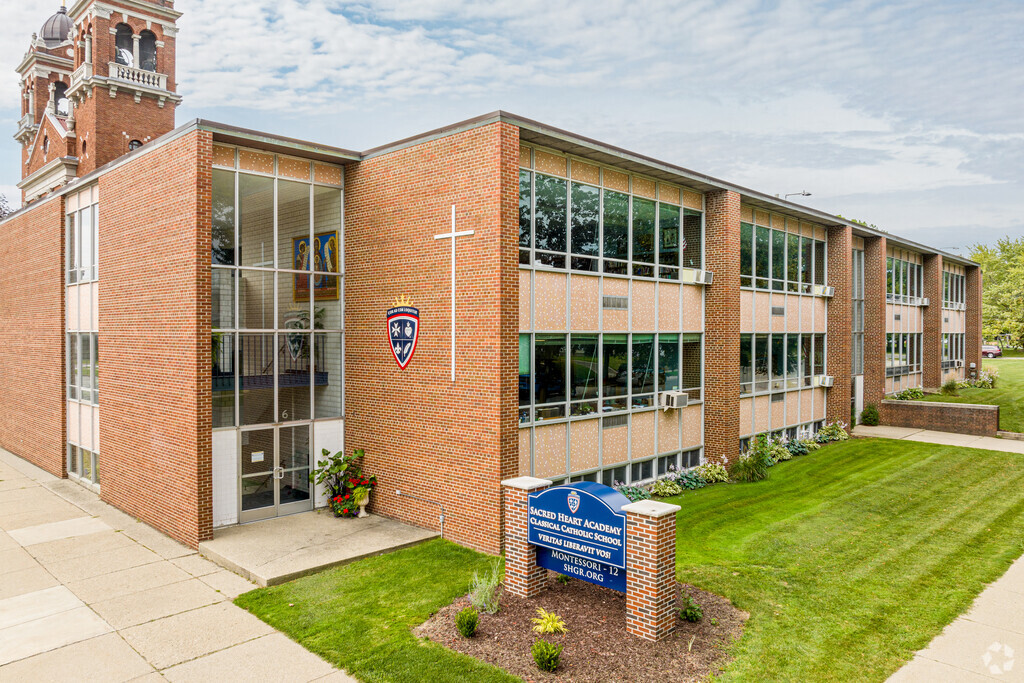
Be More Faithful, Become More Resilient: An Invitation to Religious Institutions

How Soccer Reveals Different Meanings Of ‘Secular’ In France And The US
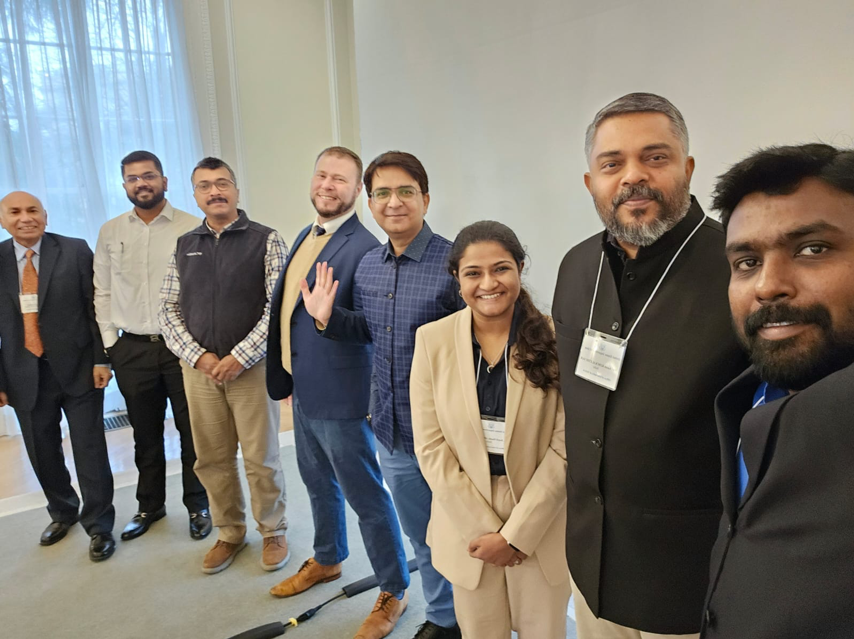
RFI’s Ismail Royer Meets with Delegation from India
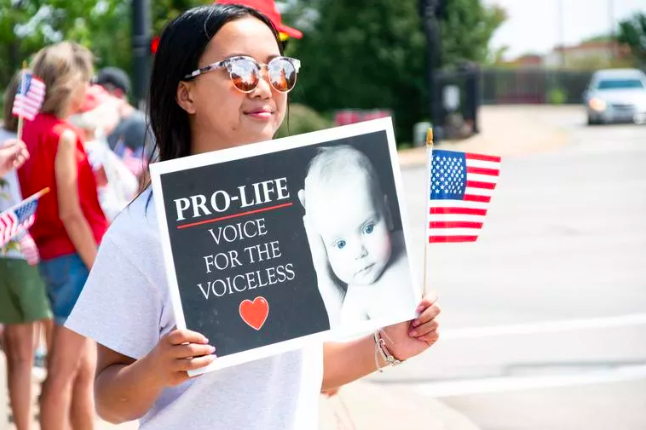
Protecting the Unborn, Mothers, and Medical Ethics: The Stakes of Arkansas’ Amendment
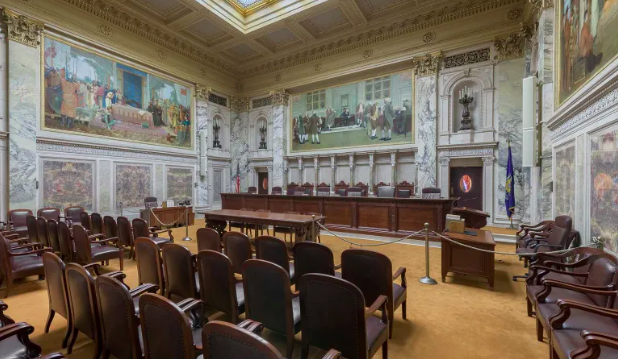
Wisconsin Supreme Court Punishes Catholic Charities for Serving Everyone
CORNERSTONE FORUM

Public Bioethics & the Failure of Expressive Individualism

Religious Liberty in American Higher Education

Scotland’s Kate Forbes and the March of Secularism

70 Years of Religious Freedom in Sweden: Prospects and Challenges
